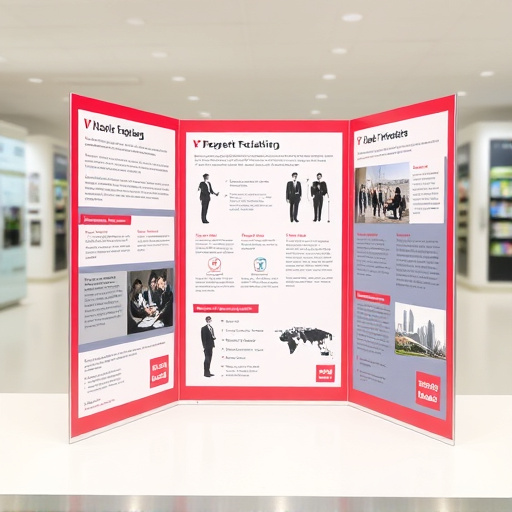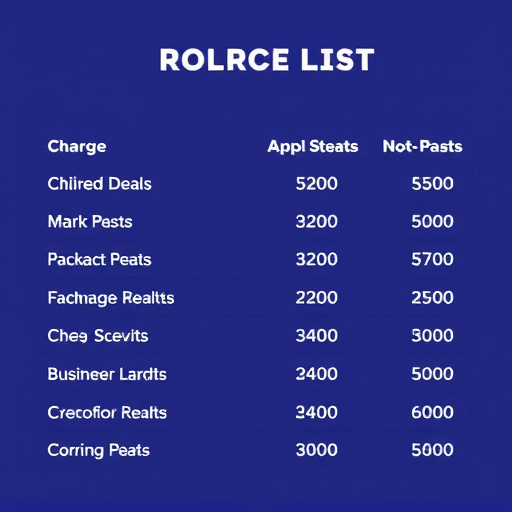Cold Air Intake (CAI) systems offer a cost-effective solution for improved vehicle performance and fuel-saving, enhancing mileage per gallon (MPG). By directing cooler, denser air into engines, CAIs boost combustion efficiency, reducing fuel costs. This strategy is particularly beneficial for businesses with large fleets, promoting sustainability and long-term financial savings. Continuous tracking of KPIs like MPG, coupled with regular system evaluations, ensures transportation remains efficient and responsive to evolving environmental standards.
In the pursuit of a robust economy, understanding and optimizing fuel efficiency metrics is paramount. This article delves into two key strategies for enhancing vehicle performance: exploring the benefits of Cold Air Intake (CAI) systems and highlighting techniques to maximize Fuel Savings through improved miles per gallon (MPG). We’ll also discuss measuring and monitoring economy improvement in transportation systems, focusing on practical implementation strategies. By adopting these methods, we can significantly contribute to a more sustainable and cost-effective economic landscape.
- Understanding Fuel Efficiency Metrics: Cold Air Intake and MPG Gains
- Implementing Strategies for Maximizing Fuel Savings
- Measuring and Monitoring Economy Improvement in Transportation Systems
Understanding Fuel Efficiency Metrics: Cold Air Intake and MPG Gains

In the quest for better economy improvement measurements, understanding key metrics like fuel efficiency is paramount. One such crucial aspect is Cold Air Intake (CAI), a modification designed to enhance engine performance by ensuring a cooler and denser air supply. This simple yet effective upgrade can lead to significant MPG gains, making it a popular choice among those seeking fuel-saving solutions.
By allowing cooler air to enter the engine, CAI promotes more efficient combustion, resulting in reduced fuel consumption. The increased oxygen-to-fuel ratio enables the engine to burn gasoline more effectively, translating into better mileage per gallon. What’s more, many high-quality CAIs are designed to minimize backpressure, further optimizing engine performance and maximizing MPG gains.
Implementing Strategies for Maximizing Fuel Savings

In today’s economy, maximizing fuel savings is a strategic move for businesses and individuals alike to reduce costs and enhance sustainability. One effective strategy involves implementing a cold air intake system. By directing cooler air directly into the engine, this modification can significantly improve an vehicle’s performance, leading to substantial MPG gains. The benefits extend beyond environmental advantages; improved fuel efficiency translates into immediate financial savings at the pump.
For businesses with large fleets, investing in fuel-saving technologies like cold air intakes can lead to substantial long-term returns. These strategies not only contribute to a greener environment but also foster a culture of resourcefulness and cost management. Additionally, staying ahead of regulations focused on reducing carbon emissions positions companies as industry leaders committed to sustainable practices.
Measuring and Monitoring Economy Improvement in Transportation Systems

In the pursuit of economy improvement, transportation systems play a pivotal role due to their significant impact on energy efficiency and cost reduction. Measuring progress in this sector involves tracking key performance indicators (KPIs) that reflect both direct and indirect savings. One such metric is fuel consumption, where reductions in liters per 100 kilometers (MPG) signify enhanced economic viability through lower operational costs. This can be further enhanced by implementing modifications like cold air intake systems, which improve engine performance and gas mileage, thus leading to substantial fuel-saving benefits.
Regular monitoring of these improvements is crucial to assess the effectiveness of implemented strategies. Data collection from various sources, including vehicle diagnostics and transportation infrastructure sensors, provides insights into real-world performance. By analyzing trends in fuel efficiency, maintenance costs, and user feedback, policymakers and industry leaders can make informed decisions to foster further MPG gains. Such continuous evaluation ensures that transportation systems evolve to meet the demands of a more sustainable and economically robust future.
In conclusion, understanding fuel efficiency metrics like cold air intake and its impact on MPG gains is key to unlocking significant fuel savings. By implementing effective strategies and maximizing these improvements, transportation systems can achieve notable economy boosts. Regular measuring and monitoring of these changes ensure continuous optimization, contributing to a more sustainable and cost-efficient future in the realm of transportation.














